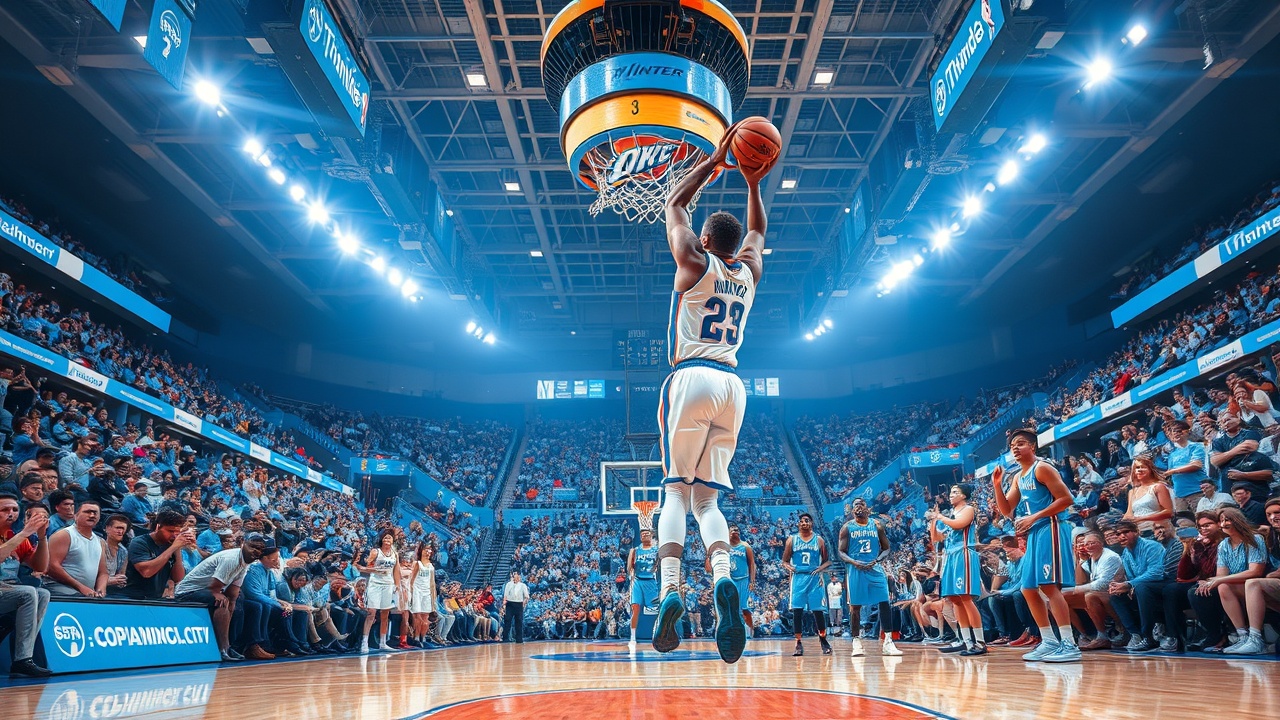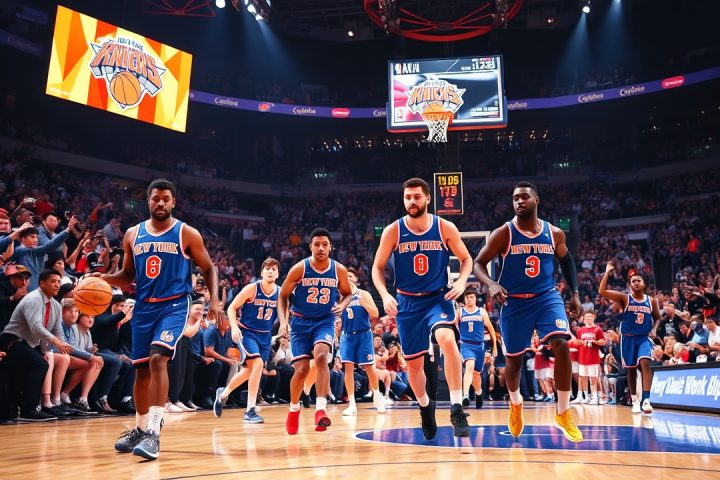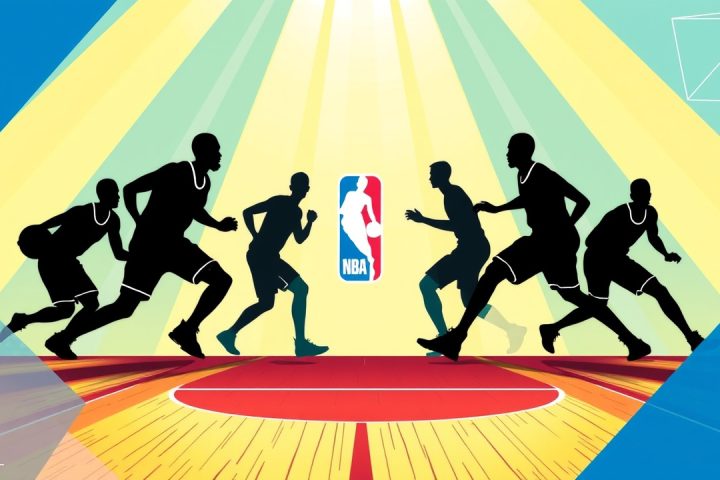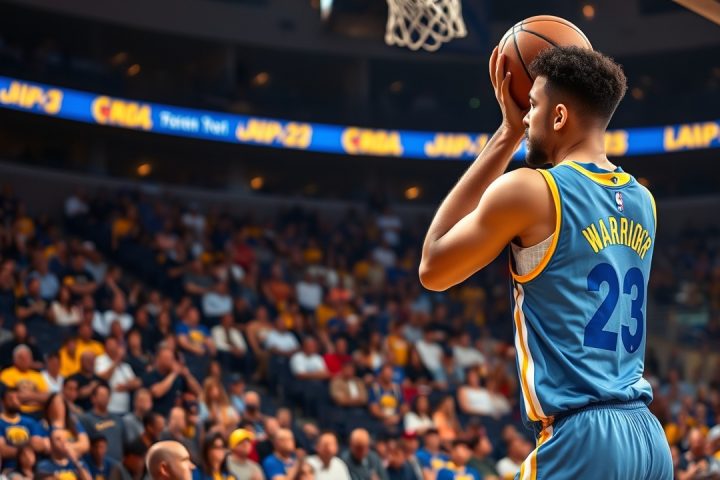From KD’s Restaurant to Charleston’s
In Oklahoma City, the once-vibrant atmosphere surrounding KD’s restaurant, which was owned by the basketball superstar Kevin Durant, has transitioned to a quieter but still bustling venue known as Charleston’s. Located in the lively Bricktown area, this establishment no longer resonates with the energetic excitement that defined Durant’s era in the city. Durant, who captured the hearts of Oklahomans during his MVP acceptance speech in 2014, symbolized the pride of a community that embraced its team and its star player.
The Evolution of the Thunder
However, the basketball landscape has changed significantly since Durant’s departure. The Oklahoma City Thunder have evolved from a powerhouse featuring Durant, Russell Westbrook, and James Harden into a new generation led by Shai Gilgeous-Alexander, who has emerged as a dominant force himself. The Thunder, now boasting a remarkable 68-14 record, are back in the NBA Finals, facing the Indiana Pacers. With a host of talented players, including Jalen Williams and Chet Holmgren, they have created a unity with the city’s passionate fan base that mirrors the symbiotic relationship of a successful college team and its supporters.
The rhythmic chants of “OKC…OKC…OKC” reverberate through Paycom Center, serving as not only encouragement for the team but a declaration of community pride. Players like Holmgren reflect the mutual respect and connection they share with fans, acknowledging their crucial role in the atmosphere of each game. The strong kinship between the Thunder and the people of Oklahoma City is evident; it fosters a culture of commitment, loyalty, and exuberance that is rare in professional sports today.
Transformation and Cultural Impact
Former Mayor Mick Cornett highlights how the perception of Oklahoma City transformed when it transitioned from hosting less glamorous minor league teams to competing against major cities like Los Angeles and Chicago after the Hornets temporarily relocated post-Katrina. This shift helped reshape the identity of the city, linking it to the excitement of professional basketball and raising its cultural relevance on a global stage.
The Thunder’s success has made Oklahoma City a prime destination for educated young professionals, contributing to demographic shifts in the population. Yet, the city’s somewhat impatient spirit—rooted in the rapid establishment of its foundations over a century ago—continues to drive its development and aspirations. The Land Run of 1889 marked the birth of Oklahoma City, a testament to ambition that still lingers in the contemporary ethos.
Community Resilience and Forward Momentum
The Thunder are more than just a basketball team; they symbolize resilience through years of cultural and economic uncertainty, including the scars from the tragic 1995 bombing of the Murrah Federal Building. Community initiatives like the MAPS (Metropolitan Area Projects) have driven significant growth and investment in the city, resulting in transformative development that extends to public schools and sports infrastructures. With voters repeatedly backing sales-tax measures for urban renewal, there is a shared vision of prosperity.
As the Thunder continue to establish their identity in a new phase of dominance, they embody the spirit of a city that simultaneously cherishes its past while looking eagerly to the future. The team’s revival after a period of rebuilding—precipitated by the trade of Paul George—has cultivated a fresh fanbase that approaches basketball with an enthusiasm encompassing the tribal bonds of belonging rather than mere support for the locality. This next wave of players now has the task of further embedding itself in the community, forging new connections in a city still learning from its tumultuous history.
Conclusion
As Oklahoma City looks forward, its relationship with the Thunder remains pivotal; both entities have intertwined their successes and challenges, continuously fostering a vibrant culture of sports and civic identity. Cornett encapsulates this by acknowledging the city’s unpredictable beginnings, which have shaped the character and resilience of the Oklahoma City we see today.




